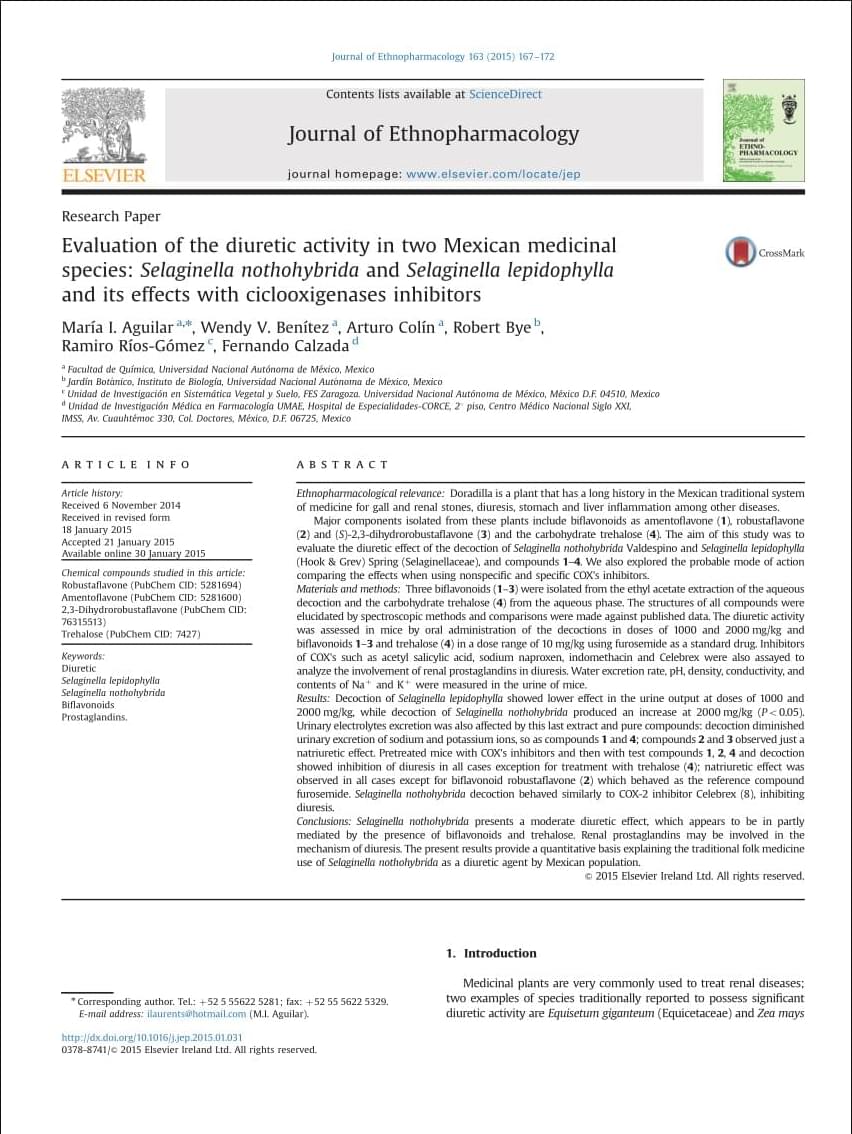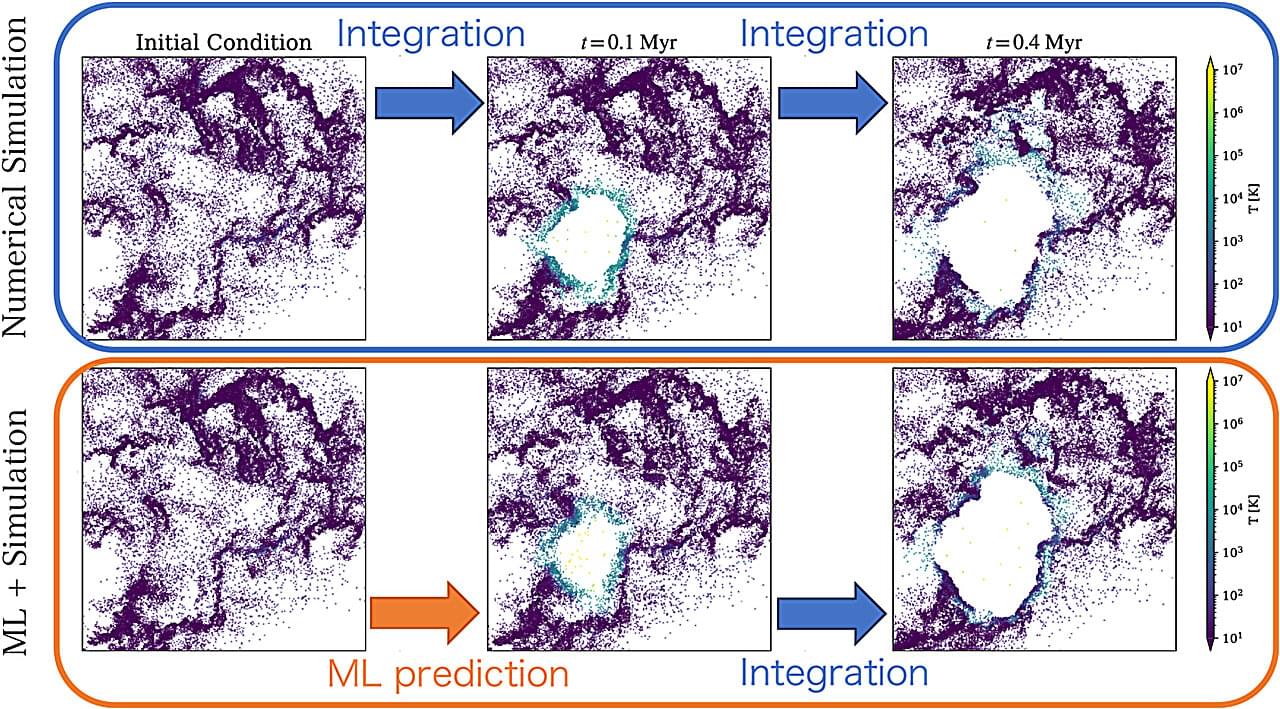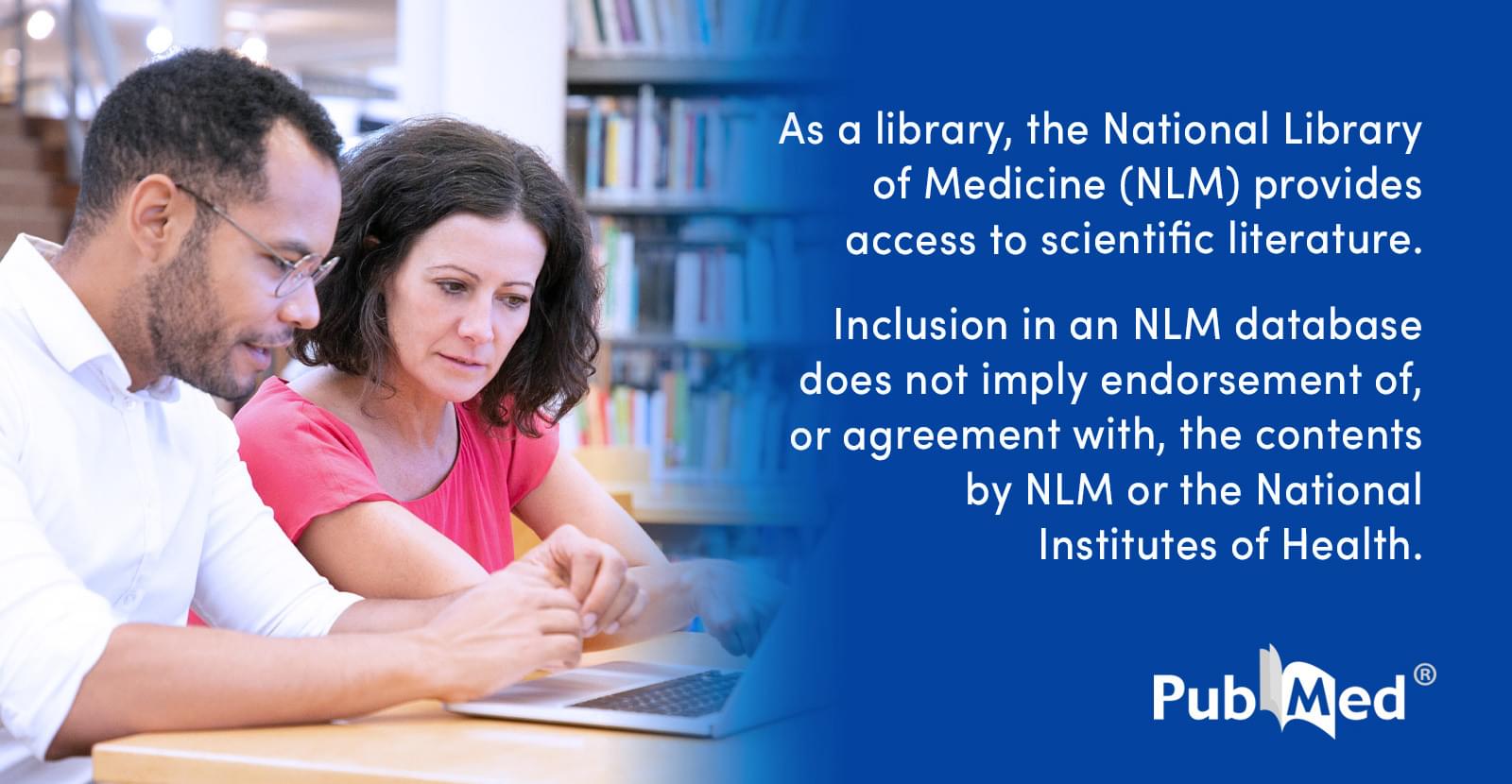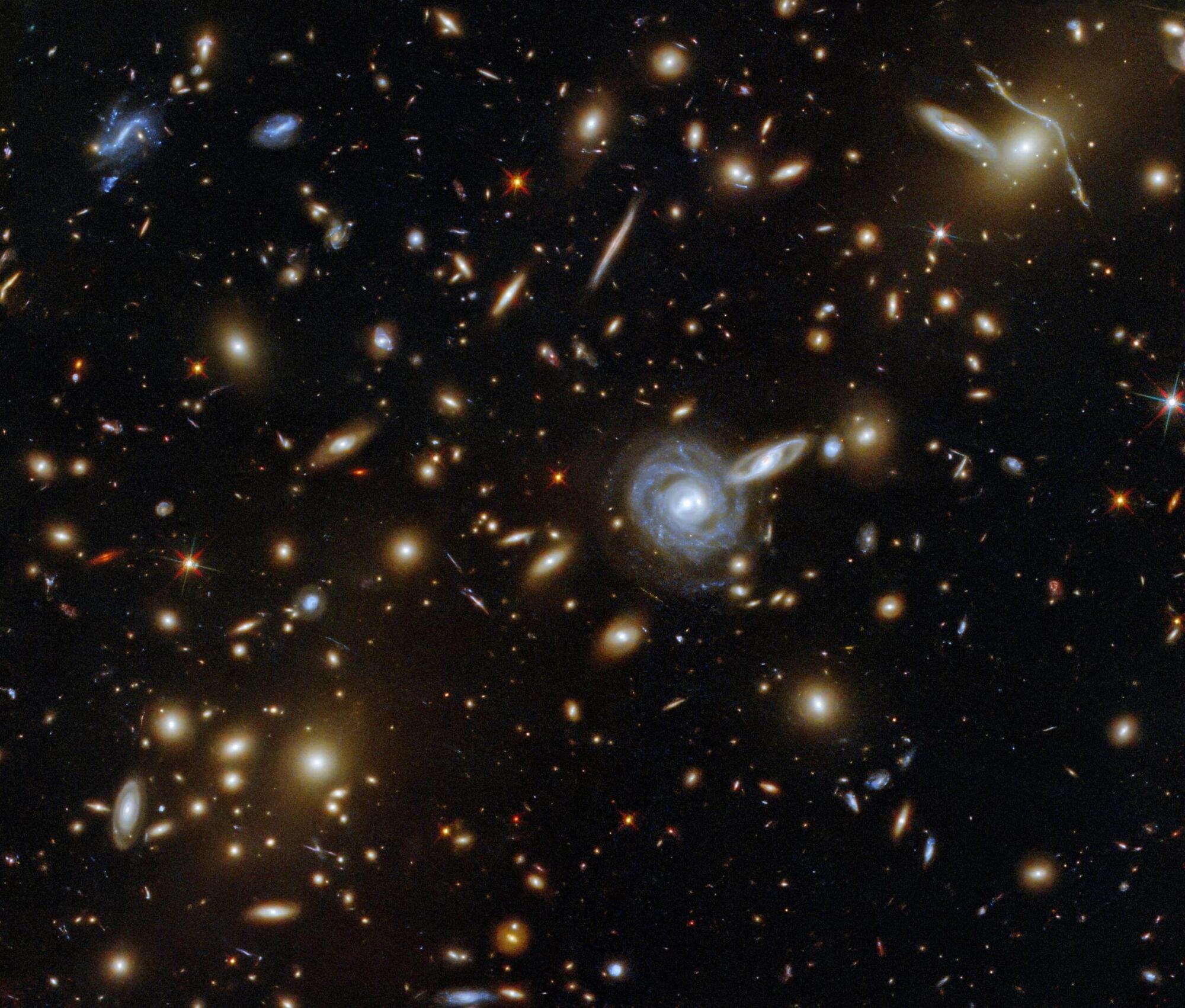PDF | S. nothohybrida Valdespino and S. lepidophylla (Hook & Grev) Spring (Selaginellaceae) (doradillas) are used in the Mexican traditional system of… | Find, read and cite all the research you need on ResearchGate



Ficial and detrimental effects on the TME, and the underlying mechanisms contributing to its dual effects. It further elaborates on optimizing the beneficial aspects of therapy-induced cellular senescence while concomitantly mitigating its adverse effects in the treatment of tumors and prevention of recurrence. Finally, potential interventions, including antiaging drug therapies, senescence inducers, senescence clearance agents, and inhibition of adverse senescence-associated secretory phenotype (SASP) production were explored to inhibit the harmful SASP induced by therapy, with the aim of limiting the production of detrimental SASP in the TME, thereby reducing the risk of tumor recurrence.

Up to three in every 1,000 newborns has hearing loss in one or both ears. While cochlear implants offer remarkable hope for these children, it requires invasive surgery. These implants also cannot fully replicate the nuance of natural hearing.
But recent research my colleagues and I conducted has shown that a form of gene therapy can successfully restore hearing in toddlers and young adults born with congenital deafness.
Our research focused specifically on toddlers and young adults born with OTOF-related deafness. This condition is caused by mutations in the OTOF gene that produces the otoferlin protein –a protein critical for hearing.

Researchers have used machine learning to dramatically speed up the processing time when simulating galaxy evolution coupled with supernova explosion. This approach could help us understand the origins of our own galaxy, particularly the elements essential for life in the Milky Way.
The findings are published in The Astrophysical Journal.
The team was led by Keiya Hirashima at the RIKEN Center for Interdisciplinary Theoretical and Mathematical Sciences (iTHEMS) in Japan, along with colleagues from the Max Planck Institute for Astrophysics (MPA) and the Flatiron Institute.




The mean electronegativity of chemicals tested for mutagenicity, genotoxicity, clastogenicity and toxicity was determined. It was found that, as expected, chemicals with ‘structural alerts’ for DNA reactivity, and/or capable of inducing mutations in Salmonella and/or unscheduled DNA synthesis in hepatocytes, as a group, were significantly more electronegative than the molecules lacking these attributes. Molecules capable of inducing somatic mutations and recombinations in Drosophila melanogaster also exhibited this characteristic although it was of borderline statistical significance. Inducers of chromosomal aberrations and sister-chromatid exchanges in cultured CHO cells showed the same trend, however the differences between inducers and non-inducers were not statistically significant. In contrast to the above, inducers of bone marrow micronuclei, as a group, were significantly less electronegative than non-inducers. This is a property they shared with chemicals that exhibited systemic or cellular toxicity or that induced lethality in minnows. These findings suggest that in addition to genotoxicity, cellular and/or systemic toxicity may also contribute to the induction of micronuclei.
Ilya Sutskever (OpenAI)https://simons.berkeley.edu/talks/ilya-sutskever-openai-2023-08-14Large Language Models and Transformers

For almost as long as humans have existed, we have been trying to make sense of the cosmos. What started as philosophical musing has, following the advent of the telescope and the ability to look ever farther into space (and ever earlier in time), become a thriving field of research.
Today, scientists seek to understand the properties governing how our universe behaves. These properties are characterized mathematically as so-called cosmological parameters, which fit into our models of the cosmos. The more precisely these parameters can be measured, the better we are able to differentiate between models, as well as validate — or rule out — long-held theories, including Einstein’s general theory of relativity. Because different models can hold vastly different predictions for both our universe’s earliest moments and eventual fate, that differentiation is vital.
To date, some of the biggest challenges include more tightly constraining parameters such as those that determine the precise amount and nature of dark matter, the source of dark energy and the repulsive force that it exerts, and exactly how neutrinos behave.